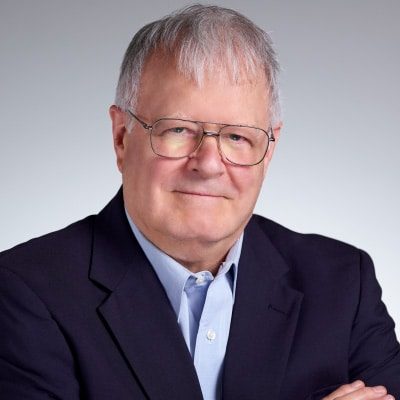NASA has been busy the last several years with designing spacecraft and systems to go to and live on the Moon and Mars. Part of that means keeping the astronauts and equipment cool in an environment with little to no gravity or atmosphere. That makes thermally driven convective heat transfer impossible.
Researchers at Purdue have been working on a two-phase flow system for experimenting in microgravity. Heated walls boil a fluid and bubbles leave the surface. Subcooled liquid well below the boiling temperature quickly rushes in to replace the bubbles. This subcooled liquid model dramatically improves heat transfer. The experiment flew on the International Space Station in 2022.
But the technology has applications closer to home as well. One of main issues that prevents large batteries, like those in electric vehicles, from being charged quickly is heat build-up during charging. Today’s EV car charging systems must operate at less than 500 Amps, and most less than 150 Amps because of heat. The new technologies explored here could increase the maximum rate to over 2,000 Amps. That would mean being able to charge your car in minutes rather than hours, making roadside charging a real possibility. Who knew that going to the Moon could help you make your weekly grocery run? – Steve Terry, DTC HVAC & Refrigeration Instructor



